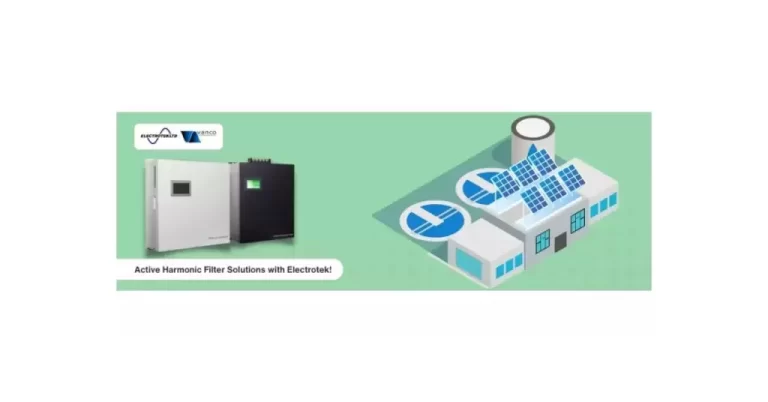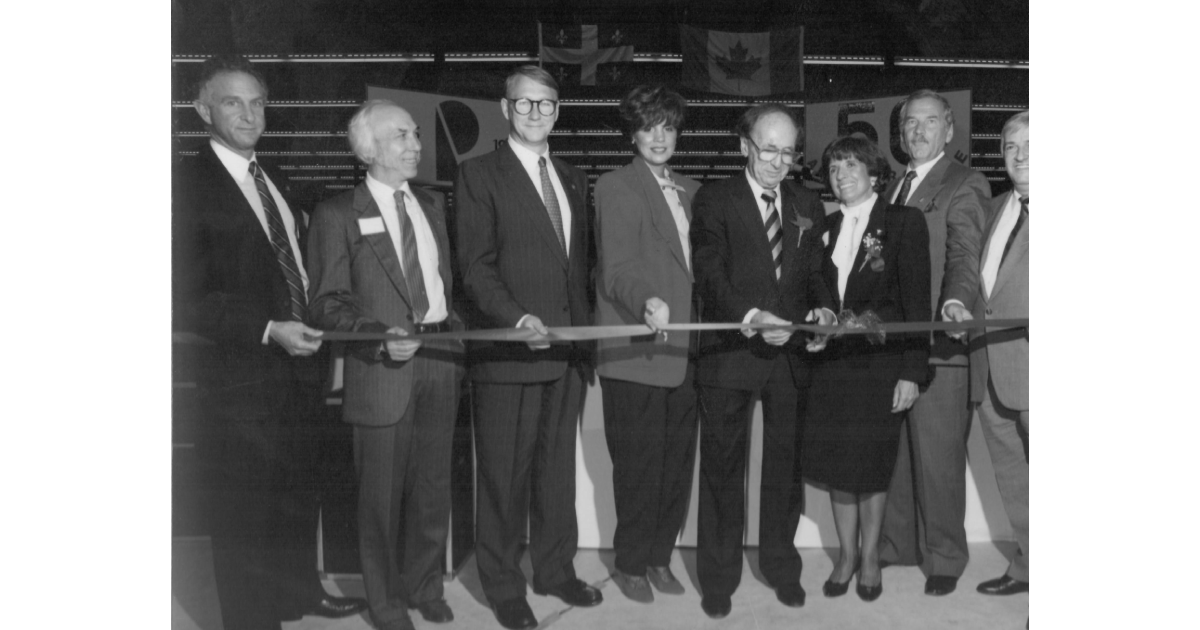Guide to the Canadian Electrical Code, Part I — Instalment 20

January 9, 2017
In this article: Section 36 — High Voltage Installations. The CE Code is a comprehensive document. Sometimes it can seem quite daunting to quickly find the information you need. This series of articles provides a guide to help users find their way through this critical document. This is not intended to replace the notes in Appendix B or the explanations of individual requirements contained in the CEC Handbook, but will hopefully provide some help in navigating the code.
Installations operating above 750 volts require special rules and conditions because high voltage arcs can travel through free air and along the surface of some materials. In addition, non-current-carrying metal parts can carry dangerous voltages along their surfaces in a ground-fault situation without effective bonding to ground.
General requirements
Rule 36-000 Scope — this is a supplementary or amendatory section of the code and applies to all electrical installations operating above 750 volts. Note that the rules for installations operating at 750 volts or less also apply. The Scope also mandates that the supply authority and the inspection department be consulted before commencing any installation covered by this section. Also noted is that the rules of this section do not affect factory assembled equipment approved under the Canadian Electrical Code, Part II standards. Refer to Appendix B and the CEC Handbook for additional information.
Rule 36-002 denotes some special terminology that applies to this section — boundary fence, ground grid conductor, maximum ground fault current, potential rise of ground grid, station, step voltage, and touch voltage. The CEC Handbook contains an explanation of touch and step voltages with good diagrams. In addition, see Table 52.
Rule 36-004 Guarding — requires that the live parts of high-voltage electrical equipment shall only be accessible to authorized persons.
Rule 36-006 Warning notices — specifies the required wording and various locations where warning notices and signs are required.
Wiring methods
Rule 36-100 Conductors — stipulates that conductors must be installed in metal raceways, cables with a continuous metal sheath, cables with steel wire armour, cables with interlocking armour, or type TC tray cable in cable tray except where used outdoors, in electrical equipment vaults or electrical equipment rooms accessible only to authorized persons. High-voltage TC cables installed in the same tray with low-voltage conductors must have a metal barrier not less than 1.34 mm thick separating them. Other conditions include permanently marking the location of conductors imbedded in concrete or masonry, stripping back conductive coverings from terminals to prevent current leakage, and a minimum mechanical strength of #6 AWG for service conductors.
Rule 36-102 Radii of Bends — notes that the minimum bending radii for cables must conform to Table 15.
Rule 36-104 Shielding of thermoset insulated conductors — high-voltage cables with thermoset insulation operating at more than 2000 volts must have a metallic shield layer over the insulation, bonded to ground in accordance with Rule 10-304 to equalize the dielectric stress on the insulation layer, except where the conductors meet the conditions outlined in sub rules (2), (3), and (4). Appendix B provides additional information.
Rule 36-106 Supporting of exposed conductors — conductors not enclosed in grounded metal must be sufficiently insulated from their supports to withstand any stresses imposed by a possible short circuit in the supply system.
Rule 36-108 Spacing of exposed conductors — conductors and other bare live parts must conform to the spacing outlined in tables 30 and 31. Where the conductors are connected to terminals with less spacing, they are required to meet the required spacing at the first support point.
Rule 36-110 Guarding of live parts and exposed conductors — conductors not in contact with grounded metal and bare live parts must be accessible only to authorized persons, and isolated by elevation or barriers in accordance with Tables 32, 33, and 34. For voltages more than these tables and for conductors crossing highways, railways and communication lines, use the requirements in CAN/CSA-C22.3 No.1. Where a span following Table 34 exceeds 50 meters, increase the clearance by 1% of the excess.
Rule 36-112 Terminating facilities — where cables are terminated they must be protected from moisture or mechanical damage.
Rule 36-114 Joints in sheathed conductors or cables — where sheathed conductors are spliced or tapped, the covering insulation and shielding must be electrically and mechanically equivalent to that on the conductors or cables. In addition, the continuity of any bonded metal or conducting sheath must be maintained.
Rule 36-116 Elevator shafts — high-voltage conductors are not permitted in elevator shafts unless installed in conduit imbedded in and surrounded by not less than 50mm of masonry or concrete.
Control and protective equipment
Rule 36-200 Service Equipment Location — as per Rule 6-206, service equipment must comply with the location requirements of the supply authority and be at the service entrance point either inside the building or in an outdoor fenced switch yard.
Rule 36-202 Rating and Capacity — the type and ratings of circuit breakers, fuses and switches must be sufficient to provide protection and current-limiting from the high levels of energy during a short circuit. Compliance with Rule 14-012, the requirements of the supply authority, and the rules for other electrical equipment is required.
Rule 36-204 Overcurrent Protection — All ungrounded conductors must have overcurrent protection by a circuit breaker or fuse having adequate rating and interrupting capacity. Fuses must be accessible to authorized persons only and be preceded by a group-operated visible break load-interrupting device or visible break air-break device that may be closed, with safety to the operator, with a fault on the system.
Rule 36-206 Indoor Installation of circuit breakers, switches, and fuses — these must be totally enclosed or installed in an area with non-combustible construction, and dielectric liquid-filled equipment must conform to Rules 26-012 and 26-246.
Rule 36-208 Interlocking of fuse compartments — to prevent access to energized fuses, the cover or door of the fuse compartment must be interlocked with the isolating means.
Rule 36-210 Protection and Control of Instrument Transformers — in addition to complying with Rule 26-262, instrument voltage transformers must have a disconnecting means on the supply side of the fuses.
Rule 36-212 Outdoor Installations — field assembled high-voltage switches and fuses must conform to the spacing outlined in Table 35. Horn-gap switches must be mounted horizontally and be capable of being locked in the open position.
Rule 36-214 Disconnecting Means — a load breaking device is required wherever high-voltage conductors fed from a station enter a building. It must be located either at the entry of the conductors into the building or at the supply station, and be capable of being operated from within the building. Except where the load breaking device is the draw-out type, the contacts must be visible for inspection in the open position. It must also be provided with a group-operating isolating switch on the supply side that provides visible inspection of the contacts in the open and closed position, interlocked to prevent operation under load, and with positive indicators of position. Where there is more than one source of voltage or possibility of feedback in a station, the visibility of contacts, as above, must be provided in all circuits where a feedback could occur.
Grounding and bonding
Rule 36-300 Material and Minimum Size of Grounding Conductors and Ground Grid Conductors and Connections — conductors ideally should be copper and sized per Rules 36-302 to 36-310 and Table 51. Materials other than copper can be used if the current carrying capacity is equal or greater than that specified for copper conductors, consideration is given to galvanic action when buried in ground or in contact with dissimilar metals, and methods of connecting maintains the required current-carrying capacity of the connection for the life of the electrode design. Reference should be made to IEEE 80, IEEE 837 and CSA C22.2 No. 41 for additional information.
Rule 36-302 Station Ground Electrode — provides the specifications for constructing a station ground electrode either outdoors or indoors to meet the requirements of Rule 36-304.
Rule 36-304 Station Ground Resistance — outlines the specifications necessary to provide the maximum permissible resistance of the station ground electrode to limit the potential rise of all parts of the station ground grid to 5000 volts and to the tolerable step and touch voltages specified in Table 52. In special circumstances, in accordance with Rule 2-030, higher voltage rise may be permitted up to the insulation level of communication equipment.
Rule 36-306 Station Exemption — provides exemption from conducting soil resistivity, analysis of touch and step voltages or measurement of resistance of the station ground electrode or touch voltage near the ground electrode where the phase-to-phase voltage is less than 7500 volts, the ground surface covering meets Rule 36-304(5), and the ground potential rise (GPR) will not exceed touch and step voltages in Table 52.
Rule 36-308 Connections to the Station Ground Electrode — requires that all non-current carrying metal equipment and structures forming part of the station must be grounded to the station ground electrode, and provides the sizes of grounding conductor and methods of connection of various items.
Rule 36-310 Gang-operated Switch Handle Grounds — provides methods for grounding of switches to the ground electrode and requirements for a metallic gradient control mat to maintain the touch voltage to Table 52 tolerances.
Rule 36-312 Grounding of Metallic Fence Enclosures of outdoor stations — specifies the location of the fence and the various points and methods of connection of parts of it to the station ground electrode. Touch voltages within 1 metre of a boundary fence located close to the station fence must not exceed the tolerable values of Table 52. The CEC Handbook provides several good diagrams showing effective connections to the station ground electrode.
In the next instalment, we will be discussing Section 38 — Elevators, Dumbwaiters, Material Lifts, Escalators, Moving walks, Lifts for Persons with Physical Disabilities, and Similar Equipment.
The source for this series of articles is the Canadian Electrical Code, Part I, published by CSA
William (Bill) Burr is the former Chair of the Canadian Advisory Council on Electrical Safety (CACES), former Director of Electrical and Elevator Safety for the Province of BC, and former Director of Electrical and Gas Standards Development and former Director of Conformity Assessment at CSA Group. Bill can be reached at Burr and Associates Consulting billburr@gmail.com.

















